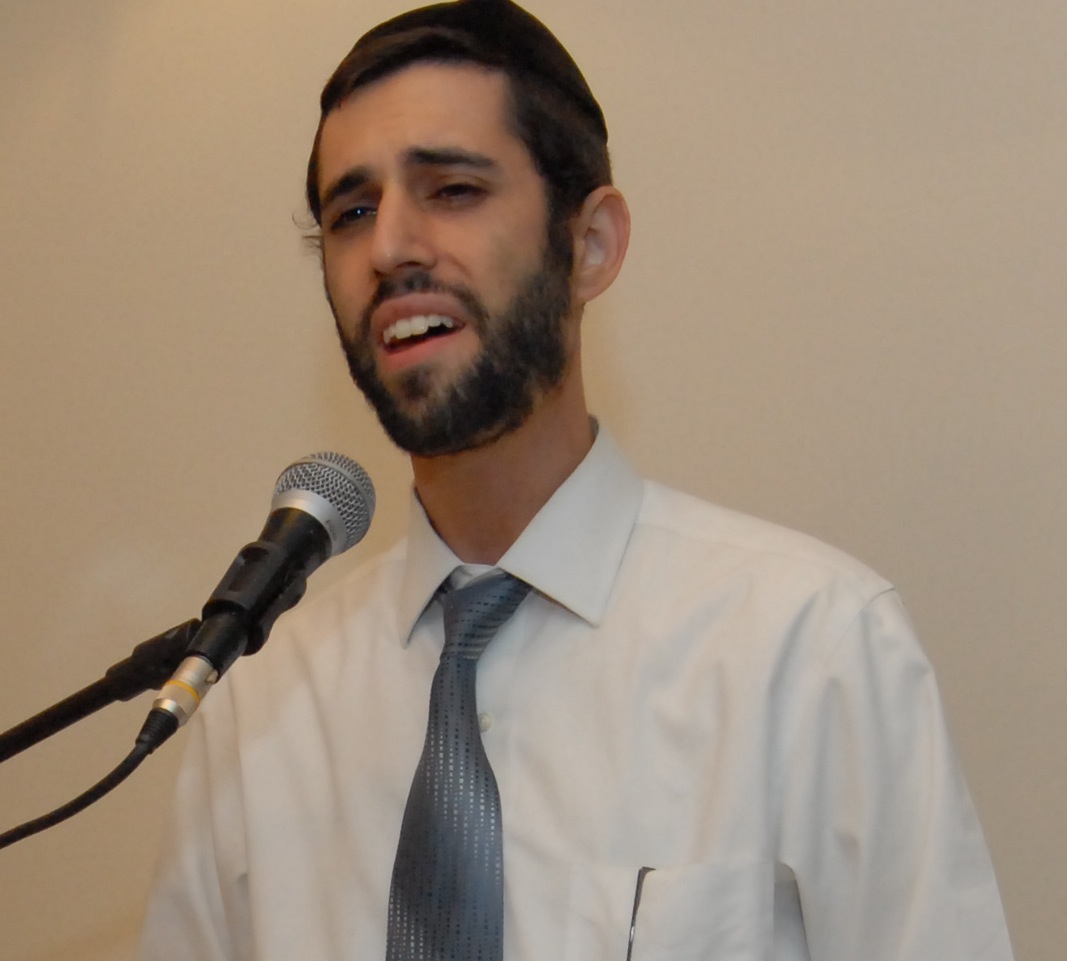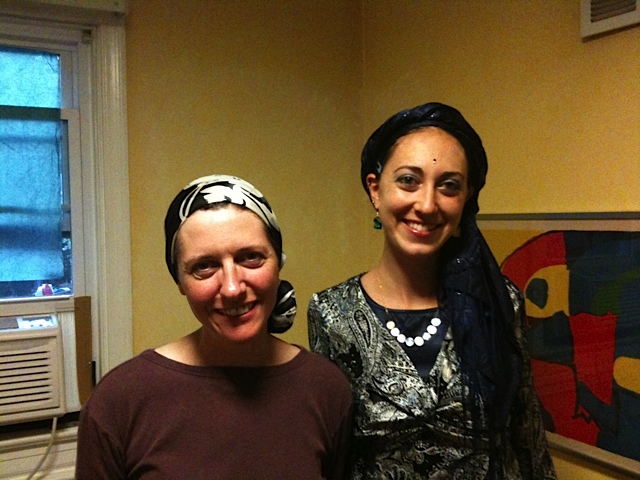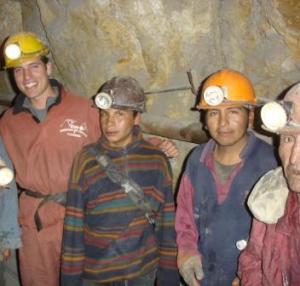
In an Indian market, cars and people are forced to go around the cows and pigs, which don't bother to move.
When I was traveling in India, I once had an argument with a friend. I had made a comment about how so many things in India are, well… lazy. I didn’t mean it in any disrespectful manner, it was simply an observation about a place in the world where the cows stand around in the middle of the street, goats lounge around in the marketplace, and even the people are often seen to be relaxing and drinking chai at any hour of the day. I didn’t mean it in a bad way; if anything I was amused; I was laughing, smiling. Plus, if I made this comment to any of the other backpackers I met in my travels, they would laugh heartily at the truth of it.
A friend of mine, who is Indian by culture but who has never visited the country of her parents’ birth, took this to extreme offense. In her mind, me calling anything this incredible and industrious nation lazy was the most extreme of insults. This confused me: having traveled all over the world, I have never in my life seen farm animals chewing their cud in the middle of a busy highway before, not bothered to move at all. So I called up a friend of mine who is Indian and who was born and raised in Delhi. Her opinion of it? Not offensive; simply sad. I was traveling in mostly poor areas of India (well, let’s be frank, that’s most of India) and I had never experienced the side of Indian life that she did, with the fancy gated house and personal chauffeur that she grew up with. It’s a different world!
So how is it that the selfsame comment made in a spirit of pure wonderment and observation could be received, in turns, as hilarious, offensive, and disappointing? It’s an important lesson in perspective and that’s what I chose to take away from it. Sometimes we say things and we don’t know how they will be received. We mean something one way but it’s taken a totally different way. The Torah teaches us that we are responsible for the words we say and the impact they have, even if it’s not how we intended it. In Torah, it’s not always the thought that counts – if we hurt someone, we are responsible and it’s up to us to apologize and ask forgiveness, no matter how right or wrong we think the other person is to feel that way.
So when I read Rabbi Ephraim Schwartz’s d’var Torah this week, it really struck a nerve with me. This week’s Torah portion, he points out, begins with a recounting of all the places the Jews visited on their trip through the desert. Forty years’ worth of history leading up to their entry into the land of Israel. Why is this list so important? Because it is each “place” we visit in life that colors our perspective on life, shapes us, and helps us become who we are. How can we understand who the Jews were as they entered Israel, if we don’t know where they’ve been and what they’ve been through? You can’t really understand a person’s actions and reactions until you fully understand their unique life journey.

These two cows don't seem to be bothered by the cars and busses going by. I watched them alternately walk and stand in the road for a long time, never once bothering to move out of the way of the many vehicles and people that had to dodge them.
Ultimately, that’s what happened with my friends and their three radically different responses to my statement. The backpackers laughed because they, too, had spent the last few months traveling in India and seeing the way it works, with the bovines in the streets too lazy in the hot, humid haze to move, even in the face of oncoming trucks – a common and comic sight. My friend from back home reacted based on her cultural pride and her love of national origin, tinged with romance and backed by a life of relative luxury lived entirely in the first world. My other friend reacted with sadness because, having grown up in India she knows the truth of the observation, but also because, having grown up in the upper class, she was always on the inside, looking out. And me? This entire incident became another stop on my journey through life, another lesson learned, another teaching integrated into my life and my perspective.
As we continue to journey through each of our lives, let’s stop and reflect for a moment on past stops we’ve made, both good and bad, and consider how they’ve helped make us who we are. And in doing so, let us focus on gaining perspective about ourselves and about others and the journeys they, too, have made.
SHABBAT SHALOM!
Read More
 Every year during the three weeks leading up to Tisha B’Av, we enter a period of mourning. We start with a few restrictions during the 3 weeks, adding more during the 9 days, and finally entering full mourning on Tisha B’Av itself.
Every year during the three weeks leading up to Tisha B’Av, we enter a period of mourning. We start with a few restrictions during the 3 weeks, adding more during the 9 days, and finally entering full mourning on Tisha B’Av itself.









